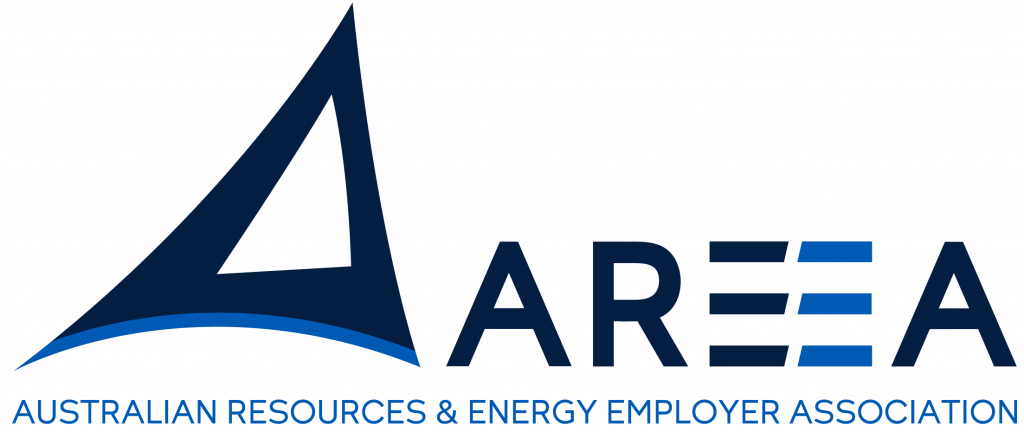IN CASE you missed it, the Australian Women in Resources Alliance (AWRA) was proud to release its comprehensive report into workplace gender diversity on International Women’s Day this month.
The report, titled Gender Diversity in the Australian Resources Industry – Leading, Lagging or Losing Out, provides in-depth analysis of gender diversity ambitions in the sector and compares its progress to other industries.
The report covers the five main areas of gender diversity as they relate to employers: workforce participation, cultural change, women in leadership, pay equity and workplace flexibility.
Pay equity was highlighted as one category the resources and energy industry is leading the way with a gender pay gap of only 14.5 per cent, compared to 25.4 per cent across all industries.
“The resources and energy sector may have the smallest gap of any industry, but recognises that any gap is still unacceptable,” Tara Diamond, spokesperson for AWRA and Director Industry Services of peak resources and energy group AREEA, said.
“By providing development opportunities for women, and eliminating bias in career progression and leadership pathways, our sector is working towards a goal of total pay equity.”
Ms Diamond said the new report challenged industry and employers to evaluate whether they are leading, lagging or losing out on key diversity measures.
“There has been significant motivation and efforts across the resources and energy industry to bridge the gender diversity gap,” she said.
“Through this new report, we are putting the challenge out to industry and employers to evaluate whether they are leading, lagging or losing out on key diversity measures.
“The benefits of diversity in the workforce is evident and should be the catalyst for companies to focus on remedying any gap in gender diversity.”
Overall workplace participation of women is an area the industry is still losing out, despite great attention from resources and energy employers in recent years.
“Undoing the male-dominated reputation by attracting and recruiting more women to traditionally male-dominated roles is crucial to increasing women’s participation,” Ms Diamond said.
“We continue to promote and encourage programs specifically targeting women for apprenticeships and traineeships to deliver just that.
“Another area of attention is women in leadership roles. The resources and energy industry has a great deal of progress to make in this area, given women comprise just 2.5 per cent of CEOs currently.
Ms Diamond hailed the Leading, Lagging or Losing Out report as a blueprint to guide the industry to meet gender diversity targets.
“Our overarching goal is to increase female participation in the resources and energy industry to 25 per cent by 2020,” she said.
Bridging the gender gap has wide-ranging associated benefits, with economic activity in Australia predicted to rise by 20 per cent with more women in leadership positions and GDP boosted by 11 per cent.
The report outlines that working to break down barriers for women in the resources and energy industry will help achieve AWRA’s overarching goal of increasing female participation in the resources and energy industry to 25 per cent by 2020.
AWRA facilitates programs and provides support and guidance material to help employers attract, retain and develop female talent, build their gender diversity capability, become an employer of choice for women and realise the advantages of a gender-diverse workforce.
“AWRA works with and supports employers and the wider industry on a number of a strategies for increasing the number of women in leadership positions,” Ms Diamond said.
Other benefits of increasing female participation include improved financial performance, better governance and risk management along with innovation gains.
With this in mind, gender diversity is now seen as a ‘must have’ for employers, but with women making up only 14 per cent of the industry workforce, we remain a long way off reaching our goal of 25 per cent female representation by 2020.
With the charter to support companies reach their goals in growing female representation in the workplace, AWRA is available to assist employers on their gender diversity journey.
Ask yourself how your organisation is faring – are you leading, lagging or losing out when it comes to gender diversity?
If you’d like to know more about how we can help your gender diversity, please get in touch at [email protected]
Read the full report here.



